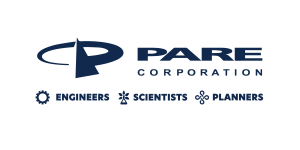Resource
Construction of a Soil - Cement - Bentonite Slurry Wall for a Levee Strengthening Program
The U. S. Army Corps of Engineers has recently implemented a levee-strengthening program along the banks of the American River in Sacramento, California. During the rainy season, the existing levee system protects major commercial and residential areas of this metropolitan area. One of the main components of this program is the construction of slurry walls through the existing levees to improve stability by preventing seepage through and beneath the levee. Since conventional soil-bentonite slurry walls have little shear strength which would jeopardize the stability of the existing levees, and cement-bentonite slurry walls are significantly more expensive, soil-cement-bentonite slurry walls are being utilized for this strengthening program.
This paper describes a case study on the design, construction and performance of an underground soil-cement-bentonite barrier wall which was used to isolate river water seeping into the American River levee and its foundation soils. Challenges to barrier performance included achieving a maximum allowable hydraulic conductivity of 5x10
-7
cm/sec while having a minimum unconfined comprehensive strength of 15 psi. The barrier wall was constructed during the period August 29, 1998 to October 29, 1998 (9 weeks) in a residential area with severe space limitations. Four large excavators capable of excavating to maximum depth of 80 feet were used. In order to meet the tight schedule and performance requirements, the barrier wall backfill mix was designed to fulfill the specified 28-day hydraulic conductivity requirement after only seven days. 12 pp., 3 references.
































